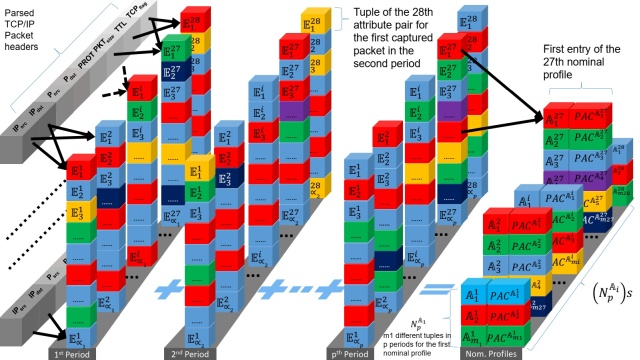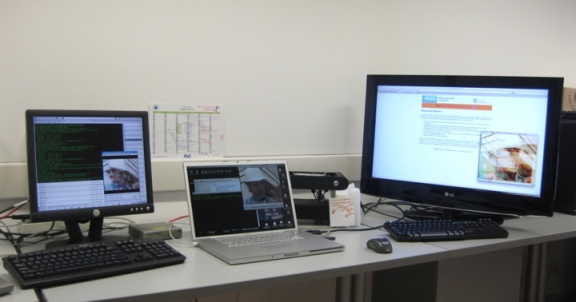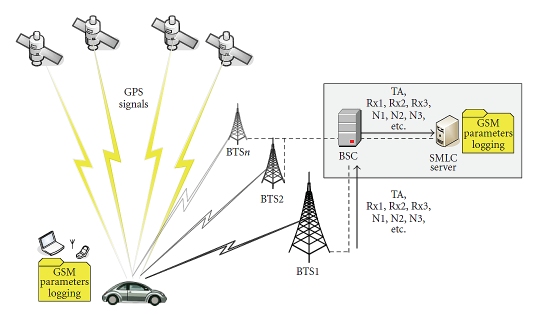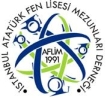Links
- My PhD advisor,
Dr.
Fatih Alagoz
- My close friend and
colleague, "WakaSensei"
Dr. Suzan
Bayhan
- ZHAW InIT -
Information Security group
- iMedia
Application Lab at
University of
Trento
- Satellite Networks
Research Lab (SATLAB)
- Dept. of Computer Eng.
at Bogazici University
- IEEE
- ACM
- TMMOB Elektrik
Mühendisleri Odası (EMO)
--------------------------------------
www.cmpe.boun.edu.tr/~gur
|
The research work I have been involved in can be summarized into six threads of execution: Cognitive and Heterogeneous Wireless Networks (Thesis Thread - TH0)Because of the excessive spectrum demand for the content-rich applications and services over wireless networks, frequency bands are allocated statically to various wireless technologies in a multitude of domains. Nevertheless, research studies have shown that the spectrum utilization is very low in some bands, which means that there is a problem with spectrum management and allocation, not with the spectrum itself. Thus, to combat the overcrowding and inefficient spectrum usage, the ideas on a more “clever” spectrum usage have led to the dynamic spectrum access (DSA) concepts. Moreover, the interoperability of the devices using a variety of access technologies is another driving force for more clever radios. The so-called "smart radios" or "cognitive radios" aim to address these issues. Supporting advanced services over wireless networks is challenging also due to surging energy consumption and its consequent environmental impact. This issue is more complicated to investigate when the wireless systems in question are heterogeneous and employ cognitive elements. In my PhD. thesis work, we modelled and analysed energy-efficient schemes for cognitive and heterogeneous wireless network paradigms, which currently represents one of the most challenging research problems in wireless communications. Analytical, experimental and discrete-time event simulation approaches were employed for the thesis study.
Information-Centric Networking and SDN (TH1)Information-centric networking (ICN) has been proposed as a paradigm for overcoming the networking challenges of the current Internet. Software-Defined Networking (SDN) is instrumental in achieving that goal. Meanwhile, on the mobile front, current broadband traffic surge has been magnified by ubiquitous proliferation of mobile broadband access and new advanced user devices. These systems are expected to be more energy-efficient and environmentally-friendly, and thus, to support so called “green communications” concept. In that regard, I do research on caching mechanisms to the edge of an infrastructure-based mobile network supporting ICN and explore their impact on the energy efficiency of that system.
Network Security (TH2)I am also involved in network security related research projects. I have been working on solutions for coordinated network attacks and for assessment of relevant countermeasure(s) impacts on the information system security and on the services running above. This effort is also related to security incident/event detection and prevention with reaction capabilities and support mechanisms helping the security operators to make enlightened decisions in a dynamic situation.
Integrated Wireless Terrestrial and Space Networks (TH3)I conduct research on next-generation wireless systems, mainly broadband multi-layered aerial networks and terrestrial systems, namely, WiMAX and lately LTE/LTE-Advanced. I have worked on satellite and space networks focusing on network and transport layers. For the terrestrial part, OFDM-based systems were studied with the perspective of an integrated communication system. MDC/SVC Based Multimedia Streaming (TH4):I worked as a visiting researcher and participated in RoSE Project on Multiple Description Coding at Department of Information Science and Engineering (DISI) of the University of Trento, ITALY in 2009. In iMedia Lab, we implemented some server-side and client-side components for MDC based streaming, using FFMPEG available under GPL license. The Robust Streaming Environment (RoSE)
Project has been started in order to be a catalyst of the activities
carried in DISI and other external partners on multimedia networks,
devices and services. RoSE is focused on:
As described in the above RoSE mission section, one of the objectives of this project is the development of a testbed for the experimentation of different IPTV services. The first generic architecture that has been developed in our project is focused on one of the most common problems that the multimedia servers have to handle nowadays: efficient support of heterogeneous clients (with different hardware and different computational power) on different network topologies and conditions. The architectural view of RoSE is depicted in figure below.
Location Estimation THREAD (TH5):In 2007, I was involved in a joint research project to develop machine learning based location estimation scheme using RSS for cellular systems. The outcome scheme was embedded in a live commercial product. This project was related to the M.Sc. thesis of graduate student Onur Türkyılmaz. His thesis work (supervised by Dr. Alagöz) was one of the recipients of the 2009 Dr. Akin Cakmakci The Best M.Sc. Thesis Applied in the Industry Award in 2010.
|








